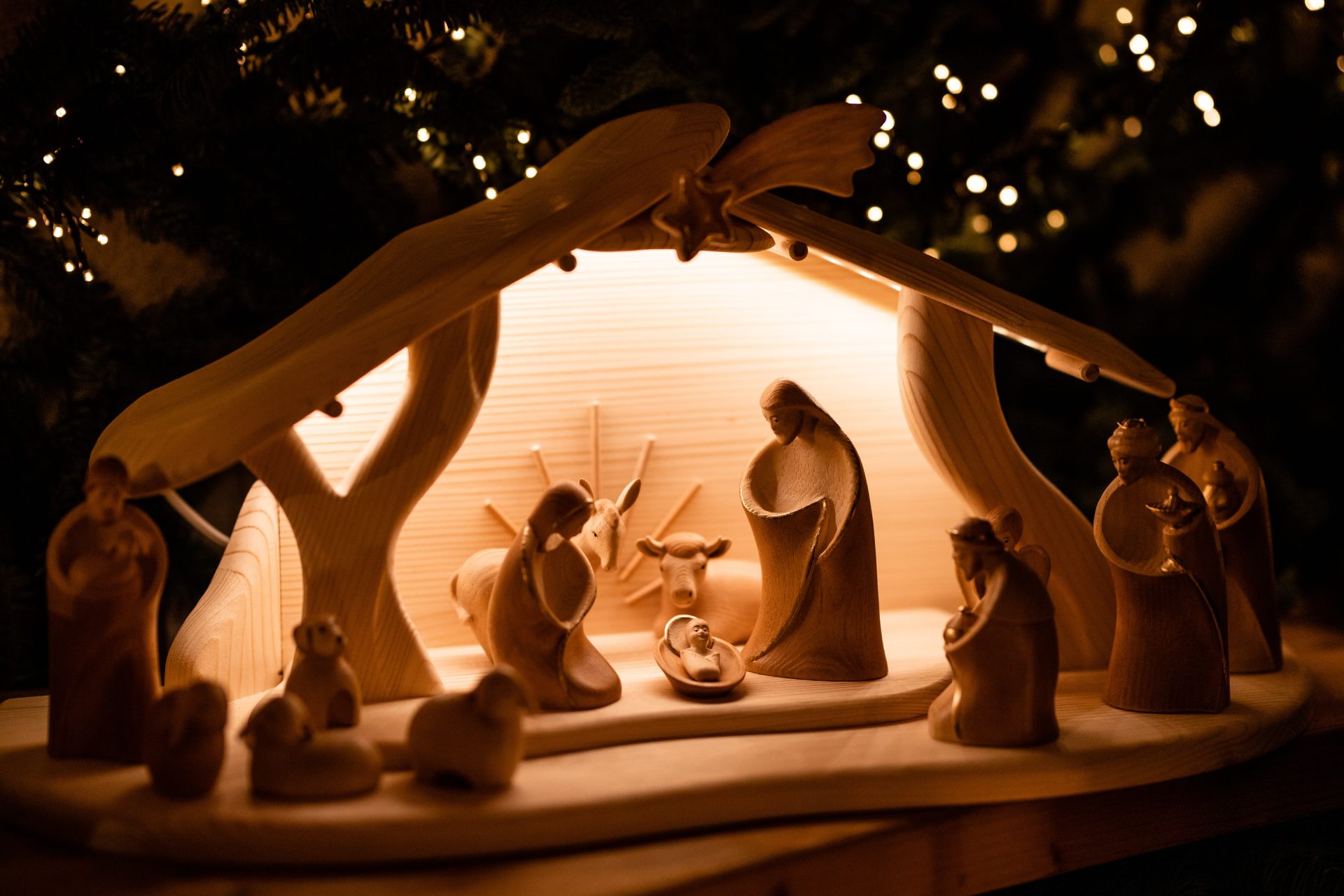Learning objective
- To recognise some of the different forms of God in the Hindu worldview.
Success criteria
- I can describe the meaning of
This content is for subscribers only. Join for access today.
Religious Education Council Curriculum Framework for RE in England (non-statutory guidance):
- A1: Recall and
This content is for subscribers only. Join for access today.
Cross-curricular links
Art and design
Pupils
This content is for subscribers only. Join for access today.
Before the lesson
This content is for subscribers only. Join for access today.
Lesson plan
Recap and recall
Display the Presentation: Speak like an expert. Ask the children to take turns explaining to their partner some of the ways people who follow the Muslim worldview may represent their ideas about God.
This content is for subscribers only. Join for access today.
Extended-mode explainer videos
How to extend your display to view the lesson page and preseantion mode simultaneously. Choose your operating system below to watch the video
If you need further support with extending your display,
please contact [email protected].
Extended-mode explainer video: For Mac
Extended-mode explainer video: For Windows
Adaptive teaching
Pupils needing extra support
Could be shown the Presentation: Draw it! in advance; should use the Activity: Bingo: support version with two Hindu deities.
Pupils working at greater depth
Should describe some similarities and differences between the Hindu deities; could explain what the deities tell us about some Hindu beliefs about God.
This content is for subscribers only. Join for access today.
Assessing progress and understanding
Pupils with secure understanding indicated by: recognising that some Hindu
This content is for subscribers only. Join for access today.
Vocabulary definitions
-
Brahma
A Hindu name for God as the creator.
-
Brahman
The Hindu name for God (Bhagavân is also used).
This content is for subscribers only. Join for access today.
In this unit
Assessment - R&W Y1: What do some people believe God looks like?
Lesson 1: How might ideas about God be represented?
Lesson 2: What do some Muslim people believe about God?
Lesson 3: What do some Hindu people believe God looks like?
Lesson 4: What do some Christian people believe God looks like?
Lesson 5: Do people all share the same beliefs about what God looks like?
Lesson 6: Why do people have different names for God?
Year 1: Why is Christmas important to so many Christians?





